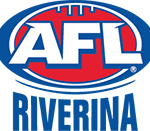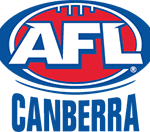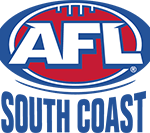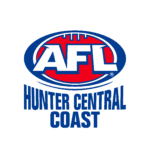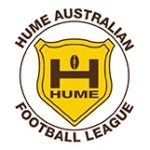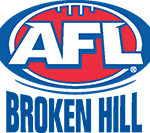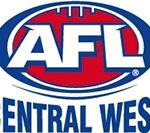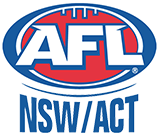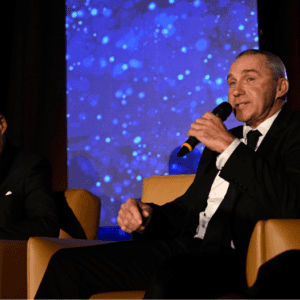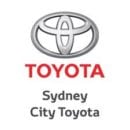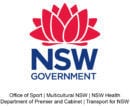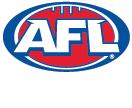North Shore War Hero: Keith Anthoness

Painting of the Australian Light Horse 4th Brigade charge at Beersheba 1917
.
By Dr Rodney Gillett
.
The mounted charge of the Australian Light Horse 4th Brigade at Beersheba on 31 October 1917 was an epic victory for the British Commonwealth forces in World War I.
Commencing at dusk, members of the brigade stormed through the Turkish defences and seized the strategic town of Beersheba paving the way for the capture of Palestine from the Ottoman Empire.
One of the brigade scouts for the 4th Light Horse Brigade during this charge was Keith Antoness (pictured left), who had played for the North Sydney club (later North Shore) prior to his enlistment.
He was described by the Saturday Referee and Arrow newspaper, as a ruckman, who was “a proper type of footballer” (20 June 1914).
The main purpose of brigade scouts in the Light Horse brigades was to find water, scout the ground ahead, to observe enemy troop movements and to draw fire away from the main body of troops. In attacks of this sort the scouts were likely to be at the front of the charge.
Keith Anthoness, a livestock salesman, was born in Hawthorn, Melbourne in 1893. The family moved to Sydney and he lived with his parents in Mosman.
He represented NSW in an interstate victory over Queensland at the Brisbane Exhibition Ground on 7 June 1913 when he led the ruck. The Sky Blues won 9.15.69 to 7.10.52.
Other players to serve our country in WWI from that victorious team were Les Clark (Sydney), Graham Duigan (North Sydney), Bertie Filgate (North Sydney – killed at Gallipolli), Don McConville (YMCA – killed in action), Freddy McGargill (Sydney), Bill Muggivan (Sydney), James Munro (Newtown), Aub Provan (Newtown, later President NSW ANFL1929-33), and Bert Swindells (Newtown).
Anthoness was also mentioned in dispatches in North Sydney’s loss to Sydney at North Sydney Oval on 19 June 1914 when the Sydney Sportsman (24 June 1914) reported that “Norths not nearly nippy enough” – going down 1.7.13 to Sydney’s 9.13.67.
This was the last match of the season for North Sydney; Anthoness enlisted on 2 February 1915.
He returned from active duty in April 1919, and moved to West Wyalong in 1921 where he established a stock and station agency in partnership with Harry Johnson.
A report of Anthoness playing for West Wyalong against Blow Clear Girral Rovers in 1922 in the West Wyalong Mining, Agriculure and Pastoral Times (23 May 1922) states that he was “a surprise packet” in the 4.3.27 to 2.4.16 win.
Tullibigeal beat West Wyalong in the first semi final but were beaten by Blow Clear Girral in the grand final played at Ungarie. West Wyalong with drew from the competition in 1923.
During the Second World War Anthoness held a commission in the Citizens’ Military Forces.
He was active in returned servicemen’s affairs in the area up until his death in 1975.
.
(Source: A Game to be Played: The Great War and Australian Football in Sydney by Paul Macpherson and Ian Granland, NSW Australian Football History Society, 2015)

